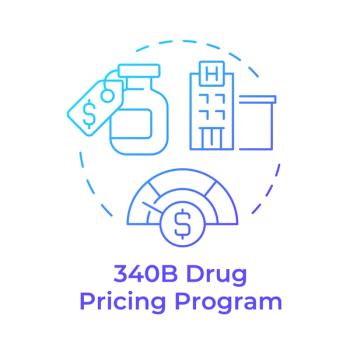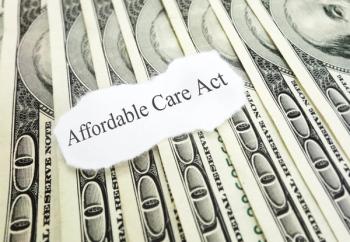
Bonus cash shores up safety net
Need for public coverage is increasing while state budgets are squeezed even tighter
According to a survey released last month from the Kaiser Family Foundation, 26 states either broadened eligibility, simplified enrollment processes or reduced financial barriers for low-income children, their parents and pregnant women. Fifteen states, however, scaled back SCHIP programs, with increased waiting periods, retractions in eligibility simplifications and modest premium increases.
Some of the fiscal relief came from the legislative renewal of SCHIP and Medicaid provisions in the American Recovery and Reinvestment Act (ARRA). Moving forward, federal bonuses for meeting specific measures will also add funding to high-performing state programs.
What's worth noting is that while some states scaled back coverage as a means of managing their budgets, none cut actual dollars from their budgets, reflecting the fact that Medicaid and SCHIP are critical components in the states' healthcare infrastructure, Hall says.
The commitments will continue to be re-evaluated this year as dire state-budget circumstances show little sign of improvement. Many states will face even bigger shortfalls, while ARRA funds and eligibility protections are scheduled to expire at the end of December.
"Going forward, I think we will see a push by states to have the federal government assume a greater share of the cost of these programs in order to maintain services for the expanded populations," Hall says.
The median family income eligibility level for children to qualify is 235% of federal poverty level ($43,029 for a family of three). For a working parent, the limit is 64% of poverty level, or $11,718 for a family of three.
Budget shortfalls this year are likely to cause some states to consider significant program changes to save costs.
NINE STATES EARN CASH
Last month, Health and Human Services Secretary Kathleen Sebelius awarded $72 million to nine states for making progress in enrolling children in Medicaid and improving access through Medicaid and SCHIP:
Funding for these performance bonuses was included in the Children's Health Insurance Program Reauthorization (CHIPRA) law. CHIPRA also set performance goals that states must meet to qualify for a bonus.
To receive performance bonuses, states had to adopt at least five of eight listed program features, such as providing 12 months of continuous eligibility, using a joint application for both Medicaid and SCHIP and streamlining eligibility renewal processes. States also had to document significant increases in Medicaid enrollment among children over the course of the year.
Newsletter
Get the latest industry news, event updates, and more from Managed healthcare Executive.






















































